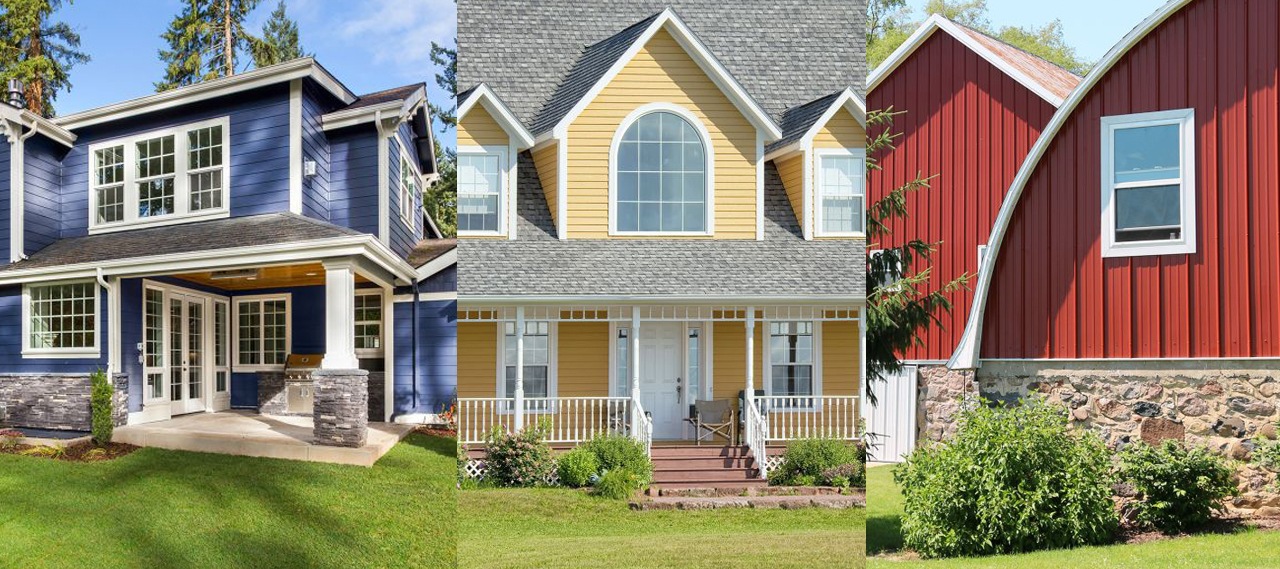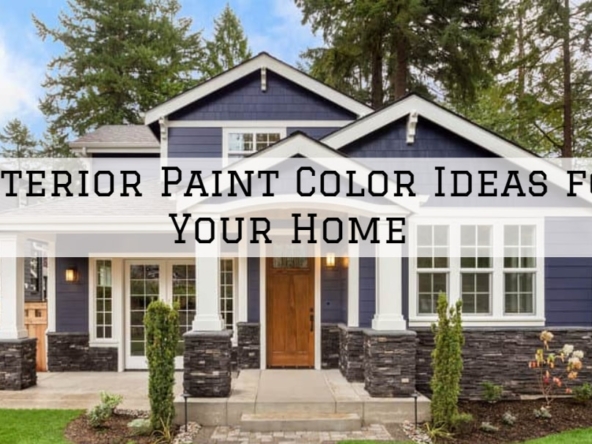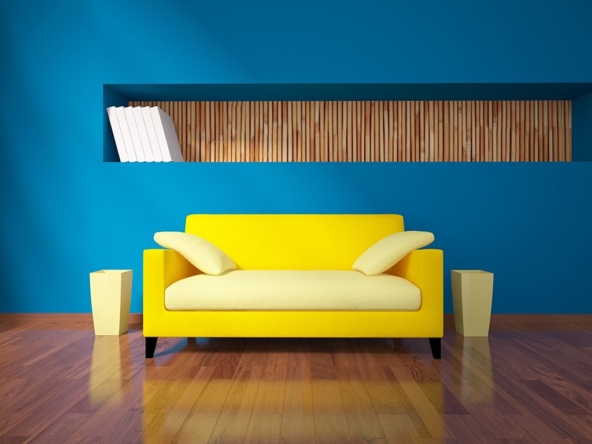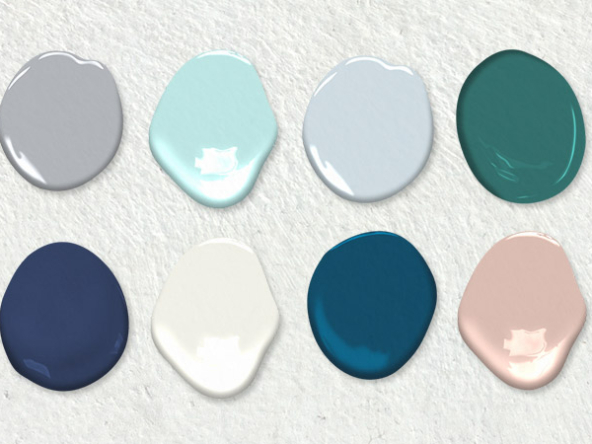Best Paint Colours to Help Sell Your House Quickly
The paint colours you choose in the rooms of your house can be some of the most important design decisions you make. Of course, it’s more than aesthetics – the right colour choices can also improve your home’s resale value and appeal to prospective buyers. Here are some tips on choosing the best paint colours for every room in your house and helping you sell it faster!
8 Tips for Choosing the Right Neutral Best Paint Colour
- Choose light, bright paint colours. While many assume that painting a room white will help it look more prominent, in reality, lighter tones tend to have a more spacious feel. Think about it: which feels bigger—white walls or blue walls?
- Go with neutrals that reflect your personality. If you love bold hues and patterns, try mixing them with neutral paint colours instead of covering them up entirely in white or off-white tones.
- Use dark paint colours sparingly. Darker shades can make rooms appear smaller and create a space that seems closed in if there’s not enough natural light coming through windows.
- Consider using two different shades of one colour on opposite walls for an exciting contrast.
- Look for paints with low VOC levels when possible; these are typically safer for those who suffer from asthma or allergies and those living nearby during construction projects.
- Avoid black paint altogether. Black is often used to cover up stains and other issues, but it tends to make spaces look even darker than they already are.
- Don’t be afraid of white! It can work wonders in small spaces by reflecting sunlight and making rooms feel more open.
- Be sure to buy high-quality paints that will last for years (and don’t forget to seal them). You’ll be glad you did when buyers start swooning over how great your house looks!
3 Common Myths About Neutral Decor
Most people think they know what neutral means in decor, but it’s a little more complicated. Here are three common myths you should avoid when deciding on paint colours for your home:
1) Neutral Means White. While white is one of the most popular colours for walls and trim, it isn’t necessarily a safe choice when selling your house. Many potential buyers associate white with hospitals and other sterile environments—which is not exactly what you want them to think about while looking at your home!
2) Gray is Always Neutral. If you plan to sell your home within a few years, grey might be an excellent colour choice. But if you plan on staying put for a long time, grey can make rooms feel smaller and colder over time.
3) Beige is Too Boring. Beige has become synonymous with boring décor over time; however, plenty of beige variations can add warmth and depth to any room without feeling too bland or outdated.
Warm Colors Look Cheaper
Red, yellow, and orange are all warm colours. While they’re associated with a sense of urgency or excitement, they also give off an air of cheapness—which you don’t want when trying to sell your house. With that in mind, ensure these tones are nowhere to be found in your home’s decor. If you must use them at all, stick with pops of colour on accessories; avoid drapes and throw pillows in bright reds or oranges.
Darker Colored Rooms Appear Smaller
It may seem counterintuitive, but many people find that a darker colour (i.e., maroon) makes a room appear smaller than it is. Remember that lighter colours will make your property look more prominent from the outside, so you’ll have to choose what’s best for showing off your home. Ask a friend or neighbour to come over and take pictures of each option. You can then put them side by side on your smartphone and decide which makes your house look its largest on film!
Combining Light and Dark Elements Creates Space, Best Paint Colours
Using light and dark elements in your property’s decor helps create an open and spacious feel. When designing your dining room, for example, consider painting your walls a dark colour incorporating lighter accents like accent walls or paint furniture. You can also add natural touches such as plants or artwork to brighten your home while giving it a darker vibe. Remember, balance is critical. If you go too far with either extreme—too many dark colours or too many light ones—your space will appear cluttered and small. That may be the best paint colour.
If You Have Kids, Go Bold: Whether you have children or not, incorporating bold colours into your home can be risky if done incorrectly. However, if you have kids who enjoy art projects (or pets), go bold!
Too Many Patterns May Distract Potential Buyers
When potential buyers walk through your house, their eyes will be drawn toward vibrant patterns. That may sound like a good thing—but in reality, that could distract from what they’re there for, seeing if they can imagine themselves living in your home. If you have too many patterns, it’s worth considering neutralizing them or moving them out of sight while you have open houses and showings. Some ways to do that include placing these decor items in closets or keeping them covered during viewings. Choose the best paint colours for your home.
Choose High-Quality Materials and best paint colours
The last thing you want is for a potential buyer to fall in love with your front door or bathroom tile only to discover that they won’t be able to replicate it themselves. Look for durable and timeless materials, including hardwood floors, granite countertops, and stainless steel appliances. Choose neutral colours that work with most decorating styles. (If you’re planning on staying in your home once it’s sold, however, there’s no need to strip away your personal style completely.)
One Bold Color Can Work Well in an Entryway
Using a bold colour like red, orange, or purple in an entryway is an excellent way to catch visitors’ attention and prepare them for your home’s design. The last thing you want is a bland entryway that doesn’t accurately reflect your taste. To create an eye-catching space, choose one intense hue and use it sparingly throughout your front door area. For example, paint your door red with white trim to make it pop against other neutral elements such as hardwood floors or taupe walls. If you’re nervous about going full-on bold with just one colour, try painting only half of your front door a bright hue—this way, if potential buyers aren’t crazy about it, they can still see what’s on the other side of your doorway.





